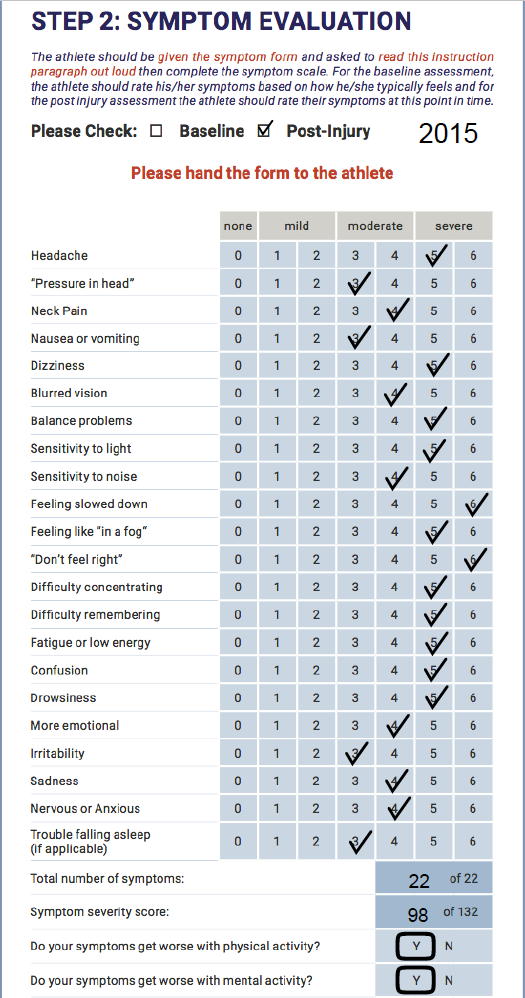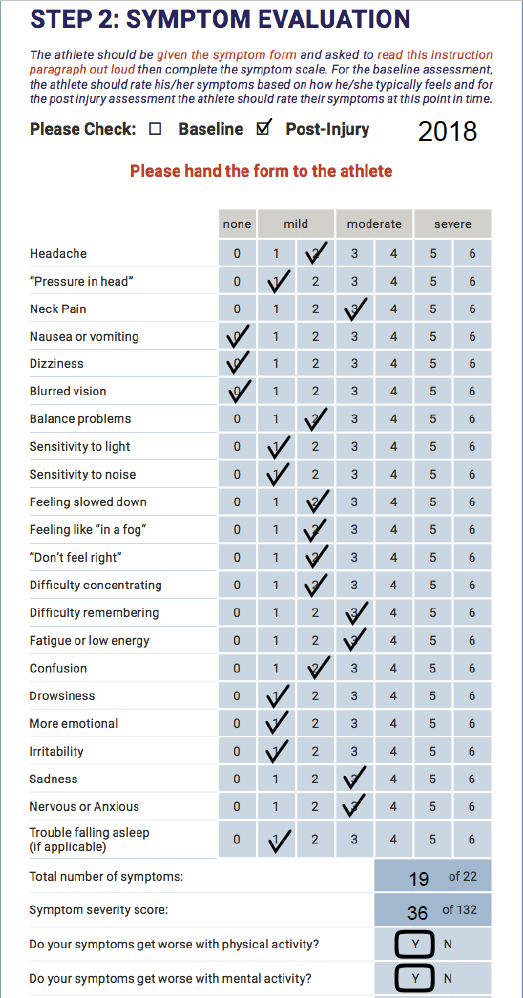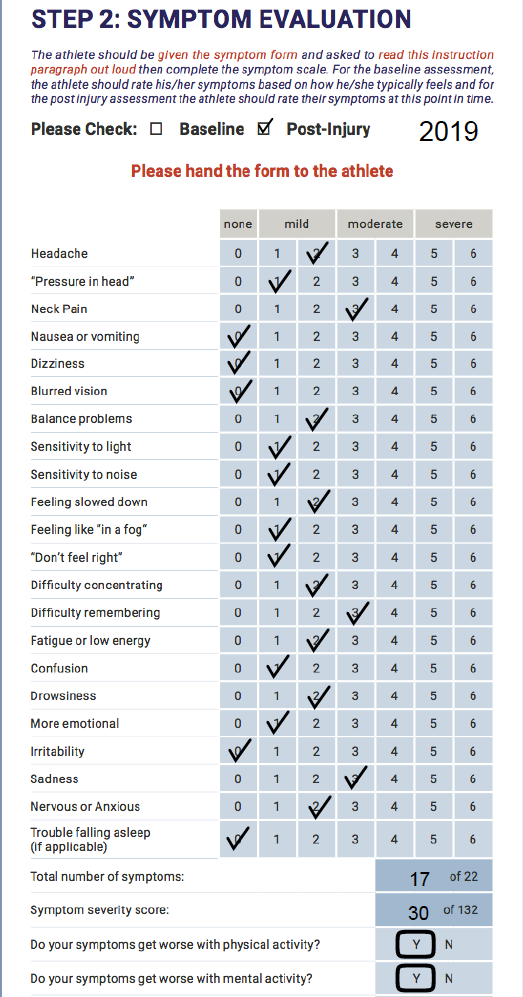
Welcome to part 2 of our guide to running after an injury! If you missed part 1, you can check it out here.
The long and short of it is I was officially diagnosed with Post Concussion Syndrome in 2015, and was told in early 2017 that my chances of recovering any further were incredibly slim.
What that translates to for functioning:
- Headaches and migraines will likely not decrease any further in intensity or frequency
- My balance will never go back to where it was
- Motion sickness is a continual companion
- My memory and information processing will not recover
- Check ins with a neurologist every 6-8 months to monitor my memory loss and reassess for early onset Dementia
- No running, no dance, no mowing the lawn
When I was initially doing vestibular physiotherapy in 2016, it was found that once my heart rate reached approximately 145bpm I would experience an onset of symptoms that would not subside for several hours.
After a few years of self management, stubbornness, changes to a safer job, and an incredible support system, I’m ready to put this ‘no running ever’ thing to the test.
With the guidance from my coworkers at Strive, of course, so I do this properly and safely.
Before I can even start running, I have to go through two main assessments with Tyler. One will be focused on my vestibular symptoms exclusively, the other will be focused on the strength and physical preparedness required.
Here’s what went down during our first assessment:
Subjective Assessment: Tyler, PT with Chelsea
Tyler’s Notes:
- Chelsea wants to run
- Goal: increase cardiovascular health – “do cardio again” ; bonus – weight loss for wedding dress
- Significant history of 11 concussions (6 MD diagnosed, major ones in 2013, 2015) and long standing post-concussive symptoms
- Every time she does cardio she feels like garbage
- Therefore, she hasn’t done cardio in a very long time
- Last time she did it at all was 3 years ago
- Last time she did it and felt good was 2012 (7 years ago)
- Did physiotherapy and vestibular rehabilitation after major concussions. In 2017 she was told she had plateaued, and would likely live with current symptoms indefinitely. Was referred to a neuro specialist for annual check ups and to monitor for early onset dementia.
- Since then, she has improved some symptoms on her own whether through the passage of time or using symptom management. Headache frequency has decreased, light sensitivity has decreased.
What does running mean to you?: Well with how the world is currently deteriorating, running means surviving the apocalypse. In all seriousness though, I want to have good “heart health”.
Is there a timeline or particular goal you have in mind? I don’t have any specific goals, so let’s set some. I’d like to be able to run 5km non stop. Let’s say by my wedding day (March 13, 2021).
What experience do you have running? I played house league soccer from the timbits league until roughly grade 5 or 6, and played basketball for 4 years after that. I was dancing and swimming up until I graduated high school so I got my cardio through other activities. I would only run in gym class or when playing with friends. Since 2012 I have zero real running experience, primarily due to my concussions.
Current subjective symptoms
-
- At rest: daily headache, no daily dizziness (anymore), balance deficit, light sensitivity, drowsiness, difficulty remembering/concentrating most days
- Concussion Symptom Evaluation tool (SCAT5): symptom severity score 31/132 (symptoms = 17/22), worsen with Physical Activity, worsen with Cognitive Activity, 5% usual activity
- With cardio: last time there was nausea, dizziness, blurred vision, headache, black spots, more imbalance
- At rest: daily headache, no daily dizziness (anymore), balance deficit, light sensitivity, drowsiness, difficulty remembering/concentrating most days
- How much cross training do you do?
- Can do weight lifting with no increase in symptoms – 1 hour, but would make it longer if she needed to
- Does machines, free weights – full body every time – tries to hit every muscle group; changing it up all the time to keep things interesting
- Can do weight lifting with no increase in symptoms – 1 hour, but would make it longer if she needed to



Initial Measurements stopping at onset of symptoms or muscle fatigue
Single Leg heel raises; Right: 30 Left: 30
Single Leg bent knee heel raises: Right: 20 Left: 20
Knee to wall: Right: 16.5cm Left: 17cm
Single Leg Sit To Stand: Right: 21 (foggy brain) Left: 13 (lost balance)
-No significant muscle fatigue
-Right hip adduction, Right foot external rotation
-Left knee valgus
-Balance decreased bilaterally
-Hip abduction Resisted Isometric Movement decreased bilaterally
Translation:
Tyler tested my strength and balance to make sure there were no major deficits before beginning to run. Single leg heel raises there was no difference from one side to the other, and the appropriate averages were met. Measuring ankle flexibility with ‘knee to wall’ no issues present, and the average was surpassed by 7cm. During single leg sit-to-stands, concussion symptoms became present. There was also a decrease in strength on each side.
After taking these initial measurements and testing hip strength, Tyler gave me some homework to do before I could start running, to make sure my muscles were completely up to the task:
- 2 sets of 15 single leg heel raises
- 2 sets of 15 single leg bent knee heel raises
- 2 sets of 10 single leg bridges, per leg
- 2 sets of 15 hip abductions
- 3 30sec. wall sits
I was to do these 4 times a week for 3 weeks, and then we would take the next step.
Meanwhile, we also had to sit down and do a vestibular screen, which tests your vestibular system for alterations in balance, vision, and head movement. This isn’t something that would typically be done when measuring someone’s preparedness to run, but was necessary given my particular concussion history.
Vestibular & Vestibulo-Ocular Screen
You are going to see quite a few terms here that seem made up. Don’t worry, we will describe what each test entails as well as explain the terminology. The vestibular screen focused on my eye movements first, and my ability to visually track an object:
- Spontaneous Nystagmus
In normal room light, look straight for at least 10 seconds. This tests for a peripheral or central dysfunction. I passed the test, meaning I did not show a spontaneous nystagmus. Therefore it was a Negative Test.
This is what a nystagmus looks like (the eye should not be darting to the side if you are looking straight ahead): - Gaze Holding Nystagmus (eccentric gaze)
This test is similar to the previous, where Tyler watched for that jolting or darting that you see in the video above. This time, instead of looking straight ahead, I look 30 degrees to the right, left, up, and down, holding my gaze in each spot until Tyler tells me to change my gaze. This was also a Negative Test. Smooth Pursuit
While keeping my head stationary, my eyes had to follow Tyler’s finger as he traced an ‘H’ pattern in the air. This test checked for a ‘refixation saccade’, which is similar to a nystagmus where the eye jolts or bounces, but this is while following a moving target.
While I did test Negative, I did show a single refixation when going top to bottom on both sides. Since there was only one, we did not consider this enough to be a positive test.Saccadic Eye Movements
Here I was to look quickly back and forth between to targets 30-40 degrees to either side, or up/down. For this test to be positive, I needed to have more than 2 refixation saccades. I had a single refixation saccade going up, and a single going left, so this was a Negative Test.- Vestibular-Ocular Reflex (VOR) cancellation
While maintaining focus on Tyler’s nose, I tilted my head forward 30 degrees and moved my head side to side; keeping his nose straight in front of me. Tyler was again looking for refixation saccades. This was another Negative Test, although it felt strenuous on my eyes. - Vestibular-Ocular Reflex (VOR) Slow
Tilting my head down 30 degrees, Tyler turned my head back and forth while I had to keep looking at his nose. Here we were no longer looking for refixation saccades, but for double vision or similar visual symptoms. This was a Positive test. VOR Rapid Head Thrust Test
Adding a bit more to the previous test, while tilting my head down 30 degrees, my head was turned back and forth while still looking at Tyler’s nose, then without warning my head was moved very quickly to one side. This tests for a gaze stability problem, and does monitor once again for those refixation saccades. This resulted in a Positive test for me as well, as when my head moves quickly to the right, Tyler can see refixations. To my credit, I apparently did improve the more times we did it.- After this particular test was completed, we noted my overall symptoms:
- Dizziness 3/10;
- Eye ‘pain’ (possibly from the muscles of the eyes), rated 4/10
- Ten minutes after testing, noting any change in symptoms:
- Dizziness 2/10,
- Eye ‘pain’ 4/10
- After this particular test was completed, we noted my overall symptoms:
Optokinetic video
While watching a series of optokinetic videos, I experienced increasing nausea and double vision as the videos increased in difficulty. There isn’t a particular positive or negative score, rather observing my symptoms was the main objective. Here is a brief clip from the first video:
Results:
Based on this vestibular screening, I have a mild gaze stability deficit (a common symptom in Post-Concussion Syndrome). A “gaze stability deficit” means that my brain has trouble making sense of the information my eyes are seeing during tasks that involve head movement.
When we move our heads, our vestibular system senses it, and sends that information to our brains. When our eyes move or see something, our vision system sends that information to our brains. When all is functioning perfectly, the brain agrees that the information from the vision system and the information from the vestibular system match, and all is well. For me, my brain thinks the information from the 2 systems is different (likely due to a vestibular system dysfunction), resulting in the onset of symptoms.
This information is useful for us because we can use it to track improvements in my vestibular function over time. It also shows us that I most likely won’t enjoy running near traffic or crowds, as there are too many moving objects. This also means, however, that running on a treadmill may end poorly if I look down.
Heart Rate
Resting Heart Rate: 92 beats per minute (bpm)
- Measured with my FitBit
- “Normal” is between 60-100bpm
Predicted Maximum Heart Rate: 195 bpm
- Agreed upon estimate is to use 220bpm minus age; therefore 220-25 = 195bpm
Heart Rate Reserve: 103bpm
- This is the available difference between resting and maximum heart rates; therefore 195-92 = 103 bpm
Using my FitBit, I hopped on an exercise bike 6 times over 2 weeks and worked up my heart rate. Whenever I experienced symptoms, I noted what they were, how severe they were, and what my heart rate was at when the symptoms started. My most common symptoms were nausea, headache, and eye pain.
- This “symptom-onset” heart rate is approximately 160bpm
These measurements are valuable so that we can do our best to keep me comfortable while running (ha!).
We also want to see what percentage of my maximum heart rate I am working at (approximately). So:
Given this information, I get symptoms when my heart rate reaches approximately 66% of my predicted maximum. Our goal will be to alter my running to try and stay below this level of work (especially in the first few weeks), to hopefully decrease the likelihood of symptom onset.
- (Here’s that math in case you’re curious: 160bpm max tolerable rate MINUS 92bpm resting = 68bpm above resting. 68bpm divided by the available 103bpm is 66%)
The last thing we did was a very short treadmill session just to see what paces I found comfortable. All this means is I hopped on the clinic treadmill and Tyler increased the speed until I was at my comfortable walking and running speeds, then we made note of each.
- Preferred walking speed: 3.5mph
- Comfortable run speed 6.0mph
What’s Next?
After doing the recommended strengthening and conditioning exercises, testing out my heart rate and symptoms with the stationary bike at the gym, and getting the official all clear from the vestibular screening… I’m off to the races!
Sort of.
I’m off for my first run!
Since it is winter, I won’t be running outside yet. I’m not that crazy. So I will start with a treadmill at the gym. To satisfy my own curiosity, after a sufficient warm up I will run at the set comfortable pace and see how long I can go for – and what comes first, my symptoms or my body screaming at me to stop trying to do cardio.
After getting that out of the way, I am going to start running in a pattern of two minutes run, one minute walk. By alternating between these two, I will be able to slowly build up my cardio and tolerance.
Now the real question is, which podcast do I listen to? Which Spotify playlist? Which one do you recommend? Let me know by leaving a comment below!
Stay tuned for my next progress report!
Chelsea Simo
Strive Physiotherapy & Performance


